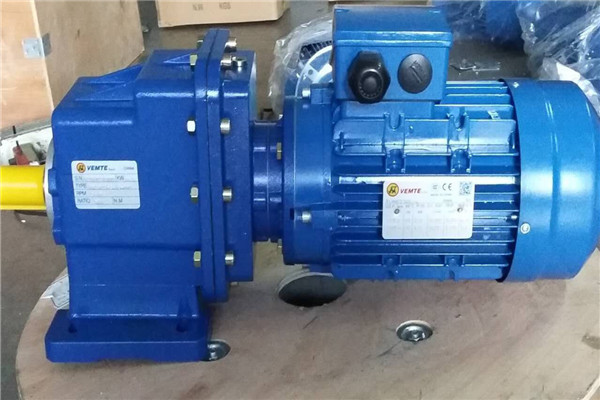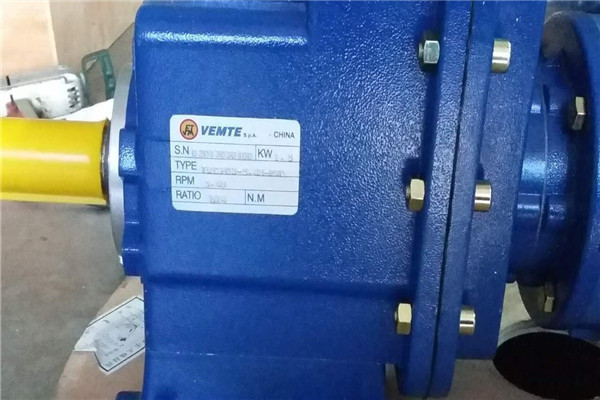In daily life, you will see that some motors directly drive the pulley to work, without using a reducer to connect the working machine and the motor. For example, some small rice mills use gear reduction motors to directly drive the belt pulley to drive the rice cutter inside the rice mill. When these motors drive a load, they need to be driven by a transmission device (such as a transmission belt). In fact, there is another type of motor that can eliminate the transmission device and directly drive the load. This motor uses the direct drive technology. Drive motor.
What is "Direct Drive Technology"?
Simply put, it is the technology that directly couples the moving load and the motor mover.
We know that the transmission mechanism of ordinary motors is that the motor mover passes the motor shaft and then connects the load through a series of mechanical transmission mechanisms such as couplings, screw rods, timing belts, racks, reducers, etc. In this process, the mechanical The angle has increased the possibility of factors such as clearance, elastic deformation, friction damping, etc., resulting in reduction and loss of equipment rigidity and response characteristics.
However, motors that use direct drive technology to drive the load can avoid and reduce these losses.

First, the advantages of direct drive motors
Direct drive motors have the following advantages:
1. Direct drive. The rigid connection is directly adopted between the motor and the driven workpiece, without the need for intermediate links such as screw rods, gears, and reducers, and the problems of backlash, inertia, friction, and insufficient rigidity in the transmission screw rod drive system are largely avoided .
2. High speed. The normal peak speed of linear motors can reach 5-10m / s; the speed of traditional ball screws is generally limited to 1m / s, and the amount of wear is also high.
3. High acceleration. Because there is no contact friction between the mover and the stator, the linear motor can achieve higher acceleration; the larger linear motor has the ability to achieve acceleration of 3-5g, and the smaller linear motor can achieve more than 30-50g (wire welding machine) ); DDR is usually used for high acceleration, DDL is used for high speed and high acceleration.
4. High precision. Due to the direct drive technology, the errors caused by the intermediate mechanical transmission system are greatly reduced. Using high-precision grating detection for position positioning and improving system accuracy can make repeatable positioning accuracy within 1um, which meets the application of ultra-precision occasions.
5. Wide range of motion speed. The linear motor can run at a minimum speed of 1um / s and a maximum speed of 10m / s to meet the needs of various occasions.
6. Low noise, simple structure, low maintenance cost, can run in dust-free environment, etc.

Classification of direct drive motors
Direct drive motors are mainly divided into three types: linear motors (linear motors), torque motors (DD motors), and voice coil motors. Let us understand them one by one.
Linear Motor
In principle, a linear motor can be viewed as cutting a conventional servo motor in the radial direction and unrolling the circumference of the motor into a straight line. When the coil (mover) is energized, a magnetic field is generated in the air gap between the stators. The magnetic field lines and the stator permanent magnets cut the magnetic lines of force to generate a driving force, thereby achieving linear motion.
Classification of linear motors:
1. Ironless linear motor (U-shaped motor)
The mover only has a coil, there is no magnet, and there is no suction between the moving stators; there is no cogging effect, and it is easy to achieve a smoother movement and achieve higher precision.
2. Iron core linear motor (flat motor)
The mover only has a magnet inside the coil, and there is a strong suction between the moving stators, which can generate a large thrust.
3. Linear motor module

Voice coil motor
The voice coil motor is also a type of direct drive motor. It is mainly used in Z-axis light loads, short strokes, high-frequency reciprocating motion, and is also suitable for force control applications.
Third, the typical application of direct drive motor
As a new technology, the use of direct-drive motors has yet to be expanded. At present, it is mainly used in the following equipment industries: FPC reinforcement machines, high-speed placement machines, laser cutting and welding, high-precision testing equipment, LED sorting and binding To wait.
Selection of Linear Motor
The following introduces the selection of linear motors:
1. Triangle mode, acceleration = 4 × displacement / movement time²
2. Trapezoid mode, preset uniform speed can help to determine acceleration.
Acceleration = uniform speed / (movement time-displacement / uniform speed)
This article is transferred from Sohu society





